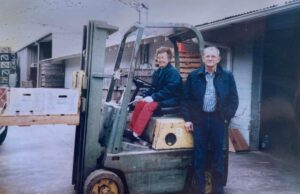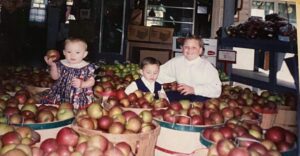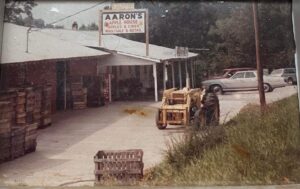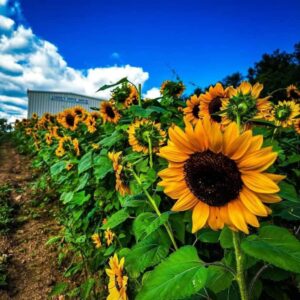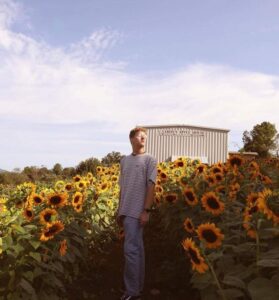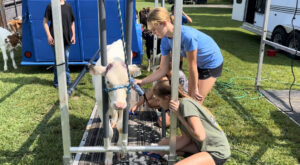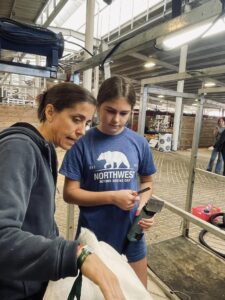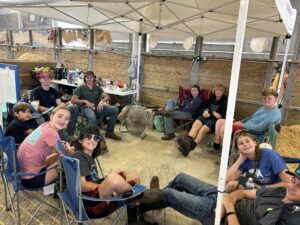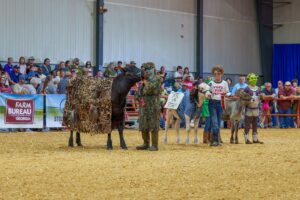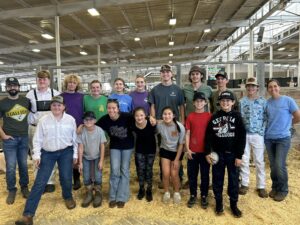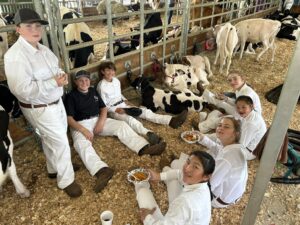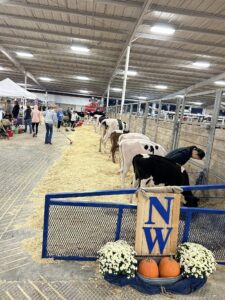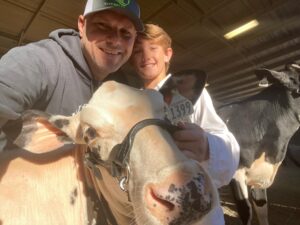Iron City, GA
For a farmer, there’s nothing quite like seeing the fruits of your labor come to fruition, and farmers here in Georgia are getting to do a lot of that as the 2023 harvest season is in full swing. One farmer who’s busy doing that now is Jeff Braswell, a peanut producer in Seminole County who has been busy in his fields after quite the growing season.
“It was a tough growing season this year from the onset. The majority of what I farm in regards to peanuts is probably dry land. About two thirds of my peanut crop is dry land, peanut crop with the other one third being irrigated. It was tough for us at the onset with moisture. We didn’t get the rains that we needed to be able to plant. We were able to work it in so that when we did get the rain, we were able to get to the field and get them in. I think our stand was probably not as good this year as it has been in the past, but we had a decent stand to begin. We had some decent rains early on, but later on in the season, maybe two thirds of the way through the season, we began to see a lack of rain and an increase in heat,” says Jeff Braswell, Owner of Braswell Family Farms.
According to Braswell, because of that lack of rain combined with the hot, South Georgia heat they had this Summer, he says the plants really took a hit.
“The pressure begins to impact the plant itself, the heat pressure does by way of maturity and filling out those pods as well as you see an increase in insect pressure as a result of the heat as well. Irrigated peanuts, even those, we have the ability to put water there, but it was a fight for those to even go against the heat that we were that we were seeing throughout the summer,” says Braswell.
However, the growing season is in the rearview mirror as Braswell says they are well into this season’s harvest but says that so far, getting the crop out of the field this year has been just as challenging as growing it.
“Harvest, again has been tough for me in regards to trying to get these dry land peanuts up. We have actually started the harvest season digging some peanuts at only one hundred twenty days where we typically hold those to about one hundred and forty just because we had some kernels turning loose in the hulls. So, we felt that it was better to go ahead and begin early on, which as a result, gave us some lower grades at the onset of the season. Plus we had a lack of rain there. So, we had to kind of work as best as we could to work to get those up as quickly as we could in between what showers we were getting. So, it was initially tough. I havent really gotten into the to the irrigated peanuts yet. We’re just beginning to get into those because they are going to full maturity, which would be beginning this week. So, we’re looking forward to seeing how those turn out and hopefully an increase in yield and grade on those,” says Braswell.
By: John Holcomb


